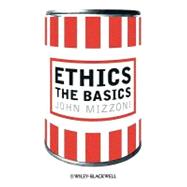
This book provides an ethical framework for undergraduate college students to use to think about ethical issues. The main instructional strategy that defines the structure of the book is to provide students with the fundamental components of ethics laid out for them in a convenient format. In my teaching experience, I have found it highly effective to present a grouping of living ethical traditions, each with an associated key set of ethical concepts and ethical principles. The material in this book has been class tested. Every year I teach ethics to a minimum of seventy students. The eleven diagrams I have sprinkled throughout the chapters derive from diagrams I have used on a chalkboard in my classrooms. When the book is published I plan to adopt it for my ethics courses. Adopting a consistent structure in moving through the ethics material is a strategy that aids student understanding. One way in which I have maintained continuity throughout the book is by integrating the issue of relative ethics versus universal ethics—introduced in chapter one—in each of the subsequent chapters. Also, throughout the book the descriptions of the ethical theories are kept consistent and standardized, always with the word `ethics’ coming second, e.g., Deontological ethics, Care ethics, Utilitarian ethics, Universal ethics, Relative ethics, etc. The last chapter is unique in the way that it tries to illustrate how all of the concepts, principles, theories and traditions can be applied to particular ethical issues. I use the metaphor of an ethical toolbox to explain how this collection of ethical concepts, principles, theories, and traditions can help us to highlight the important ethical aspects of both private and public ethical issues.
|
|